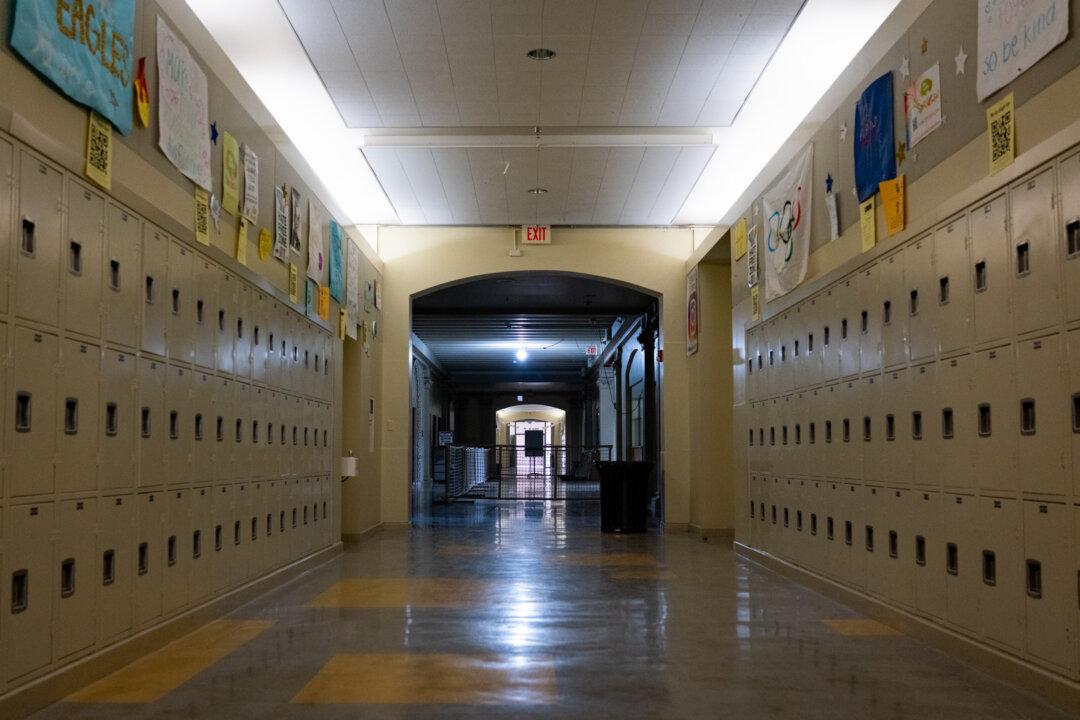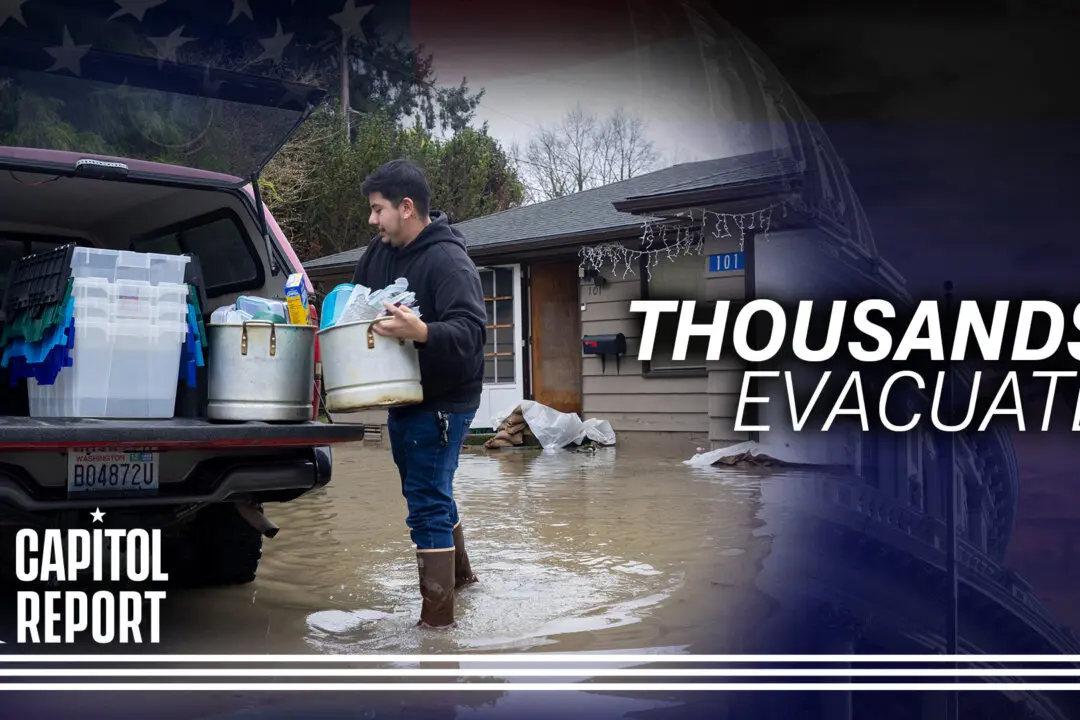The lasting impacts of the ongoing COVID-19 pandemic could be detrimental to some students, says a University of California–Irvine (UCI) professor.
Mark Warschauer, UCI professor of education and informatics, said the consequences of shifting to a virtual environment for K–12 students—which all Orange County public districts have done at some point since the lockdowns began March 2020—are wide-ranging.





